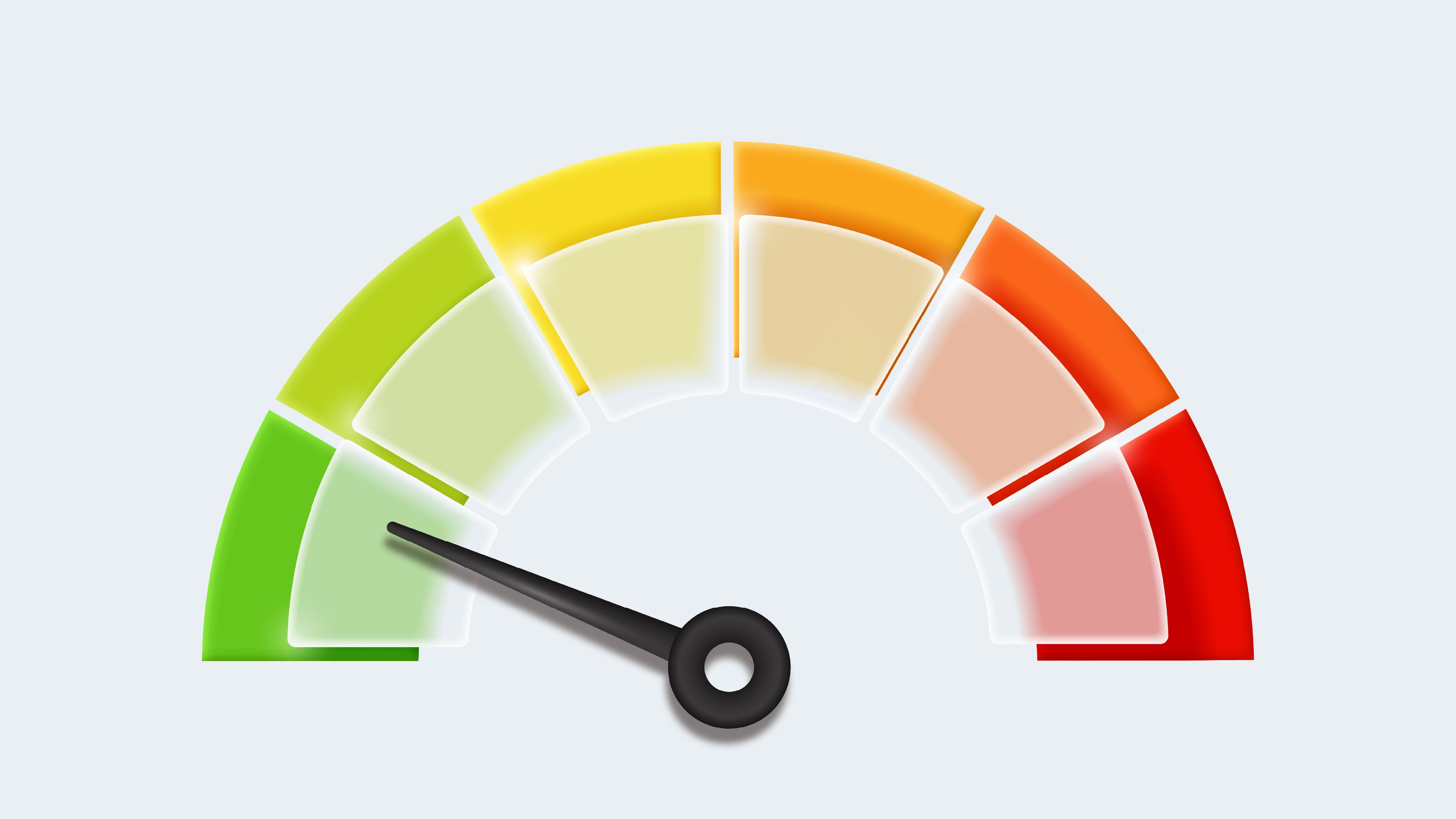AAA Rated Bonds in India: Meaning, List, and Key Features
22 October 2025

What Are AAA Rated Bonds?
When it comes to fixed-income investments, credit ratings play a major role in determining the safety of your capital. Among all ratings, AAA-rated bonds are considered the most secure, representing the highest level of creditworthiness.
In this article, we’ll explore what AAA-rated bonds are, who issues them, how they work, their average yield in India, and how investors can purchase them.
AAA-rated bonds are debt securities issued by government entities, public sector undertakings (PSUs), or corporations that have received the highest credit rating from rating agencies such as CRISIL, ICRA, or CARE.
The term “AAA” stands for the topmost grade in the rating scale, indicating that the issuer has an extremely strong capacity to meet its financial obligations. In simpler terms, these are considered the least likely to default.
Example:
If a company like NTPC or Power Finance Corporation issues bonds with an AAA rating, it means the issuer has a solid financial background, making these bonds one of the safest among corporate debt instruments.
Key Features of AAA Rated Bonds
Highest Credit Safety:
AAA rating indicates the lowest probability of default by the issuer.
Fixed Interest Income:
These bonds pay a fixed coupon rate, providing regular and predictable income.
Issuer Types:
Common issuers include PSUs, large corporations, and government-backed entities.
Tenure:
Tenure may vary from 1 year to 10 years or more, depending on the issuer and bond type.
Tradability:
AAA-rated bonds are often listed and tradable on exchanges such as NSE or BSE, offering liquidity.
Returns:
Though considered safe, their interest rates are typically lower than lower-rated corporate bonds due to reduced risk.
AAA Rated Bonds Full Form and Meaning
AAA stands for “Triple A” the highest possible credit rating assigned to a bond or issuer.
Rated indicates the evaluation of creditworthiness conducted by rating agencies.
Thus, AAA-rated bonds refer to bonds that have received the top credit rating, reflecting maximum reliability.
Why Do Credit Ratings Matter?
Credit ratings help investors understand the risk profile of a bond.
AAA rating: Highest safety and lowest credit risk.
AA rating: High safety but slightly more risk than AAA.
A rating: Adequate safety with moderate credit risk.
For investors seeking capital preservation and steady returns, AAA-rated bonds are often preferred because of their strong issuer credibility and stability.
List of AAA Rated Bonds in India (Illustrative Examples)
| Issuer | Type of Bond | Rating | Typical Yield (Approx.) |
|---|---|---|---|
| Power Finance Corporation (PFC) | Corporate Bond | AAA | 7.5% – 8.0% |
| National Highways Authority of India (NHAI) | PSU Bond | AAA | 7.25% – 7.75% |
| Housing & Urban Development Corporation (HUDCO) | PSU Bond | AAA | 7.5% – 8.0% |
| REC Limited | Corporate Bond | AAA | 7.5% – 8.2% |
| National Bank for Agriculture and Rural Development (NABARD) | Tax-Free Bond | AAA | 7.0% – 7.5% |
Average Yield of AAA Corporate Bonds in India
The average yield of AAA-rated corporate bonds in India generally ranges between 7% and 8.5%, depending on the issuer, maturity, and prevailing interest rate environment.
According to Nifty AAA Corporate Bond Index data, the 10-year average yield typically remains around 7.5% to 8%.
These returns, though moderate, are preferred by risk-averse investors due to the low default risk and government-backed nature of many issuers.
Benefits of Investing in AAA Rated Bonds
Safety of Capital:
These bonds are backed by financially strong issuers, ensuring a high degree of safety.
Stable Income:
Regular interest payments make them ideal for investors seeking predictable returns.
Diversification:
Including AAA-rated bonds in a portfolio helps balance risk, especially when combined with equities or lower-rated debt instruments.
Low Default Risk:
AAA bonds carry negligible default probability compared to lower-rated debt securities.
Transparency:
Being regulated by SEBI and traded through recognized exchanges ensures greater transparency.
Risks and Considerations
While AAA-rated bonds are considered highly secure, they are not entirely risk-free. Investors should be aware of:
Interest Rate Risk: Bond prices fall when market interest rates rise.
Inflation Risk: Fixed coupon payments may lose value in high-inflation environments.
Liquidity Risk: Some corporate bonds may have lower trading volumes.
Taxation: Interest income is taxable as per the investor’s income tax slab.
How Are AAA Ratings Assigned?
Credit rating agencies like CRISIL, ICRA, and CARE evaluate various factors before assigning ratings:
Issuer’s financial statements and cash flows
Debt repayment history
Industry risk and business model stability
Management quality and governance
Overall economic conditions
These ratings are reviewed periodically, meaning a company’s AAA rating can change if its financial health deteriorates.
Who Should Consider AAA Rated Bonds?
AAA-rated bonds are suitable for:
Conservative investors seeking capital safety and consistent returns.
Retirees looking for predictable income through interest payments.
Institutional investors managing funds that require low-risk fixed-income exposure.
Portfolio diversification for investors balancing riskier equity investments.
Comparison Between AAA and Lower-Rated Bonds
| Feature | AAA Rated Bonds | AA/ A Rated Bonds |
|---|---|---|
| Default Risk | Very Low | Moderate |
| Yield | 7 - 8.5% | 8 - 10% |
| Liquidity | High (for PSU issues) | Moderate |
| Issuer Strength | Government/Strong Corporates | Mid-sized Corporates |
| Investor Type | Conservative | Moderate to Aggressive |
Conclusion
AAA-rated bonds in India represent the safest category of fixed-income investments, offering stability, transparency, and steady returns. While they may offer slightly lower yields compared to lower-rated instruments, their risk-adjusted performance makes them a reliable choice for investors focused on capital preservation.
As India’s bond market continues to expand, understanding credit ratings like AAA becomes essential for making informed investment decisions.
FAQs on AAA Rated Bonds
1. What does AAA rating mean in bonds?
AAA rating is the highest credit rating assigned by agencies like CRISIL or ICRA, indicating that the issuer has an extremely strong ability to meet debt obligations.
2. Are AAA-rated bonds risk-free?
No investment is completely risk-free. However, AAA-rated bonds carry the lowest default risk among corporate and PSU bonds.
3. How can I buy AAA-rated bonds in India?
You can buy them through online bond platforms, stock exchanges (NSE/BSE), or authorized banks and brokers.
4. What is the average yield of AAA-rated corporate bonds in India?
The average yield generally ranges between 7% and 8.5%, depending on the issuer and tenure.
5. Who issues AAA-rated bonds in India?
AAA-rated bonds are typically issued by government-backed PSUs like NHAI, PFC, REC, or large, financially sound corporations.
Disclaimer
This blog is intended solely for educational and informational purposes. The bonds and securities mentioned herein are illustrative examples and should not be construed as investment advice or personal recommendations. BondScanner, as a SEBI-registered Online Bond Platform Provider (OBPP), does not provide personalized investment advice through this content.
Readers are advised to independently evaluate investment options and seek professional guidance before making financial decisions. Investments in bonds and other securities are subject to market risks, including the possible loss of principal. Please read all offer documents and risk disclosures carefully before investing.
Recent Blogs

Covered Bonds & Senior Secured Bonds Explained
An educational guide explaining covered bonds, senior secured bonds, what secured bonds mean, and how these instruments function in India’s bond market.
19 Dec 2025

Guide to Capital Gain Bonds (54EC) & Alternatives
An educational guide explaining capital gain bonds under Section 54EC, issuer options like PFC and SBI, eligibility rules, and alternatives for reinvesting sale proceeds.
19 Dec 2025

Bond ETFs in India: How They Work & When to Use Them
An educational guide explaining bond ETFs in India, their structure, returns, risks, and how products like Bharat Bond ETF and corporate bond ETFs function.
19 Dec 2025